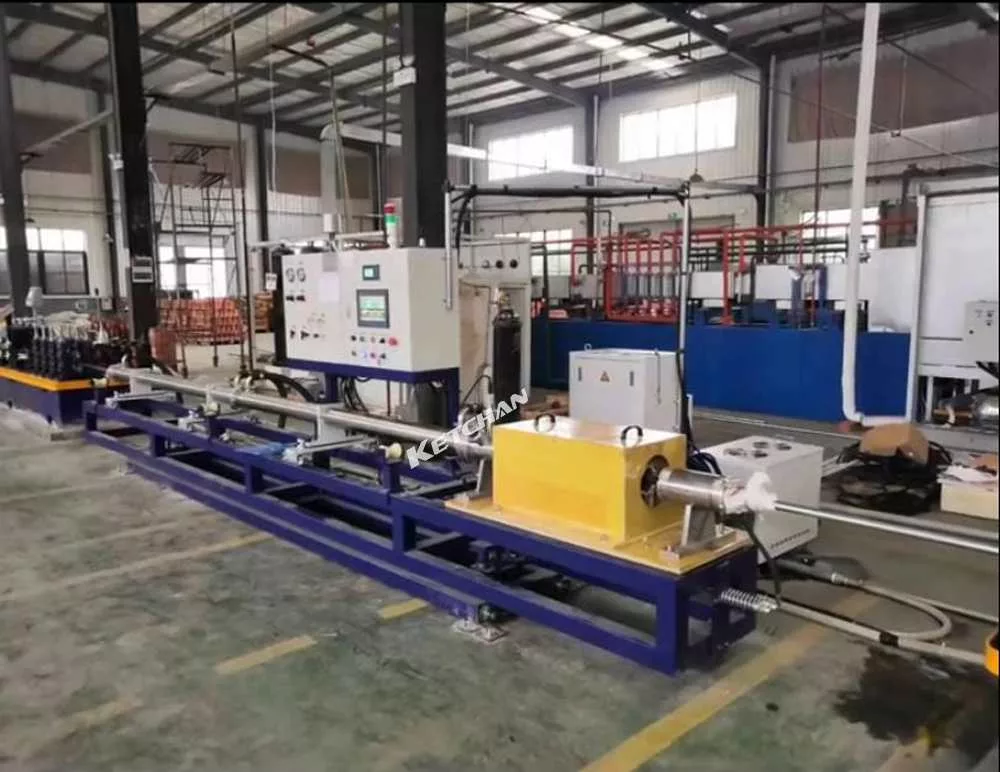
The annealing process for stainless steel is a heat treatment that alters the physical and sometimes chemical properties of the material to increase its ductility and reduce its hardness, making it more workable. It involves heating the material above its recrystallization temperature, maintaining a suitable temperature for an appropriate amount of time and then cooling.
There are different ways to perform the annealing process for stainless steel, depending on the type and purpose of the material. Some common methods are:
- Full annealing: Heating to a temperature between 760 and 830 °C for 90 minutes per 25 mm of thickness, followed by air quenching.
- Solution heat treatment: Heating the entire weldment to the temperature range of 1,025-1120° C, to put the carbides back into solution and cool it rapidly by water quenching.
- Subcritical annealing: Heating into the upper part of the ferrite temperature range or fully annealed by heating above the critical temperature into the austenite range followed by slow cooling.
- Annealing steel: Heating it up about 100 degrees F above its critical temperature, soaking it at that temp for 1 hour per inch of thickness, and letting it cool at a maximum rate of 70 F per hour.
The annealing process is important because it can improve stainless steel’s corrosion resistance, mechanical properties and workability. It can also relieve internal stresses that may cause cracking or failure.
Stainless Steel Annealing by Induction Heating
Induction annealing is a heat treatment process that uses induction heating to anneal metals. It slowly heats the metal to a specific temperature (the recrystallization temperature) for a sufficient time and then cools at a suitable rate.
Induction annealing has several benefits over other methods of annealing, such as:
- It provides precise and localized heat to small areas, creating pinpoint accuracy and meeting tight production tolerances.
- It increases production rates with faster heating cycles and reduces defect rates with repeatable and reliable heat.
- It eliminates variability from operator-to-operator and shift-to-shift and maintains the metallurgical characteristics of the individual metals.
- It is more energy-efficient and requires less space compared to a gas oven or a furnace.
Induction annealing can be used for various types of stainless steel, such as austenitic, ferritic, martensitic and duplex. Depending on the type and purpose of the steel, different temperatures, times and cooling rates are applied. For example, for solution heat treatment of duplex stainless steel, the temperature range is 1020-1100 °C and the cooling rate is rapid by water quenching.
Advantages of Stainless Steel Annealing by Induction Heating
Some of the advantages of stainless steel annealing by induction heating are:
- It meets tight production tolerances with precise localized heat to small areas, creating pinpoint accuracy and avoiding overheating or distortion of the rest of the part.
- It increases production rates with faster heating cycles and reduces defect rates with repeatable and reliable heat.
- It eliminates variability from operator to operator and shift-to-shift and maintains the metallurgical characteristics of the individual metals.
- It is more energy-efficient and requires less space compared to a gas oven or a furnace.
- It reduces surface oxidation and improves corrosion resistance by heating in an inert atmosphere or under a protective coating.
- It refines grains, relieves stress, and reduces hardness, improving the plasticity, workability, and mechanical properties of the steel.
It facilitates machining and cold deformation processing and prepares the structure for quenching and tempering.
